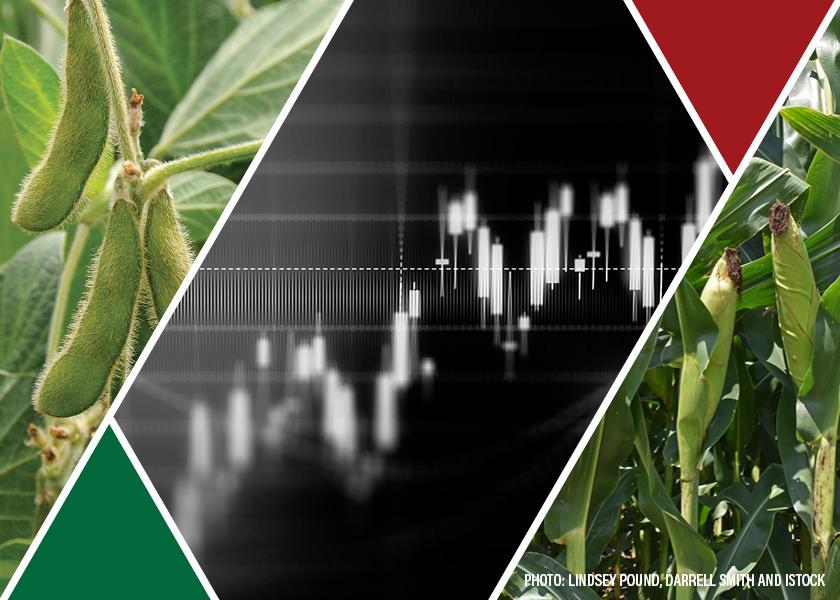FAPRI Releases Baseline Ag Projections for 2024

Baseline projections for 2024 from the Food and Agricultural Policy Research Institute (FAPRI) at the University of Missouri suggest downward pressure on prices could continue throughout 2024 and beyond. Based on forecasts from S&P Global, the projections expect economic growth and inflation will slow in 2024 and interest rates will begin to decline. The baseline reflects current policies, meaning it incorporates programs that had been enacted prior to January 2024, but does not reflect any subsequent policy changes. Key highlights:
- Grain and oilseed prices have declined in the 2023-24 marketing year from the record or near-ecord levels of the previous year. Prices could decline again in 2024-25 if growing conditions result in trendline yields.
- U.S. corn production is projected to be record-large, in spite of less-than-ideal growing conditions. Corn prices are projected to fall to $4.39 in 2024-25 – and even lower in later years.
- Changes in relative prices will cause an acreage shift from corn to soybeans in 2024, resulting in record U.S. soybean production. Soybean prices are projected to fall to $10.73 in 2024-25.
- Wheat prices are projected to fall to $6.13 in 2024-25.
- Rising production of renewable diesel increases demand for soybean oil and other fats and oils. This supports soyoil and soybean prices, but the resulting increase in crush will put downward pressure on soymeal prices.
- Lower crop prices are partially offset by expected price cuts for fertilizer and some other farm inputs in 2024-25. Still, projected net returns to producers for major crops are seen well below recent peak levels.
- Projected hog prices will be about the same in 2024 as in 2023, while further small declines are expected for poultry and milk prices. Lower corn and soymeal prices mean lower feed costs.
- Cattle prices are expected to increase further in 2024 and 2025. Drought and other factors have reduced the cow herd and it will take time before beef production can increase again.
- Lower projected prices will cause spending on the price loss coverage (PLC) and agriculture risk coverage (ARC) programs to rebound in future years, and crop insurance net outlays average more than $12 billion per year.
- Net farm income fell by $30 billion in 2023 from the record level of 2022, and another large decline is projected for 2024. However, at $118 billion, 2024 real net farm income remains above the annual levels of 2015-2020. Projected real net farm income is projected to keep declining in 2025 and subsequent years.
- Consumer food price inflation could slow further in 2024. The consumer price index for food increases by a projected 2.1% this year, with the food-away-from-home (restaurant) category accounting for most of the increase.
- Get sell-alerts, market recommendations and more from Pro Farmer. View subscription options.







